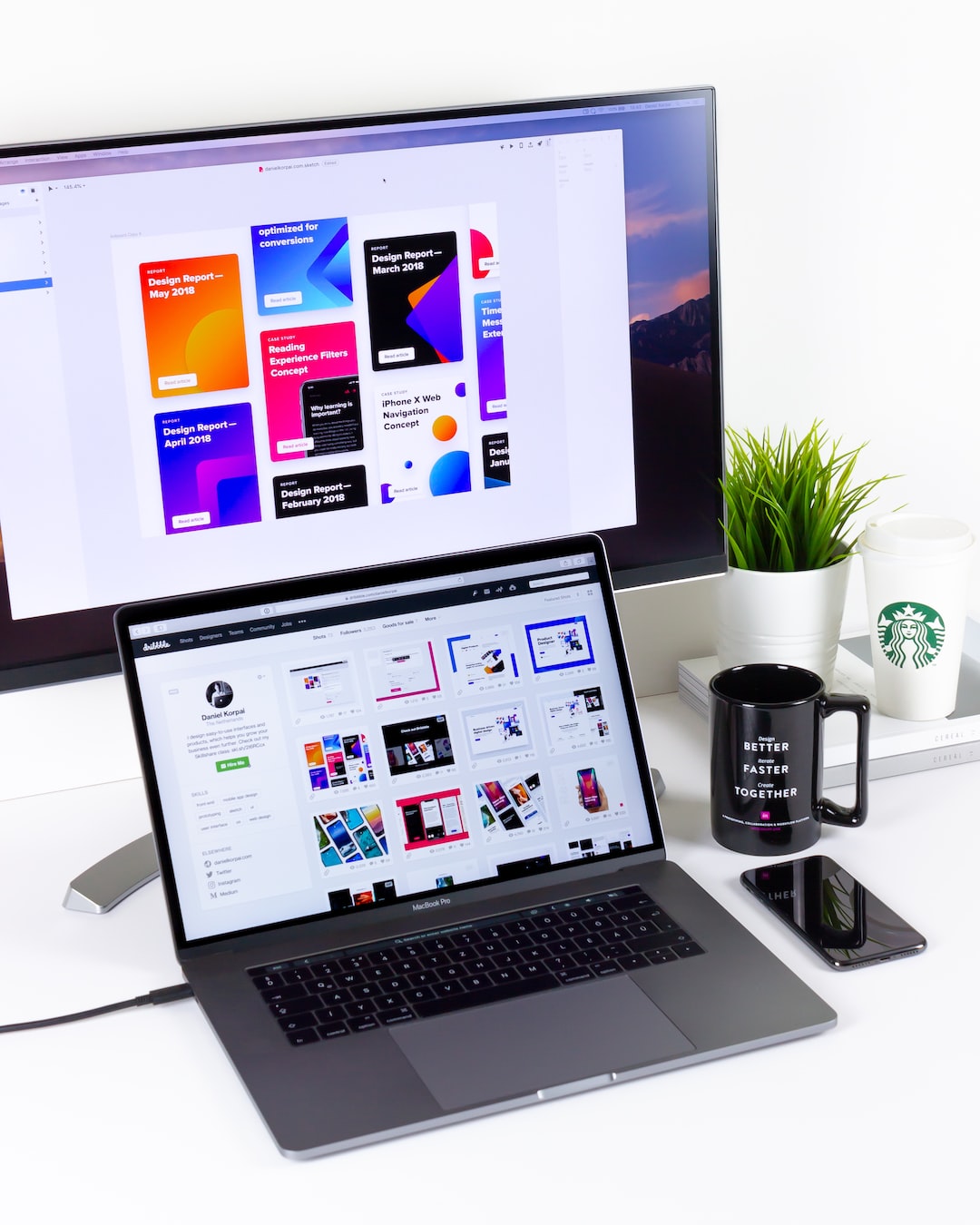The Art of Editorial Design
Editorial design is the creative process of designing the layout and visual elements of printed publications such as newspapers, magazines, and books. It is an art form that combines typography, photography, illustration, and graphic design to create visually appealing and engaging content.
The primary goal of editorial design is to communicate the message of the publication effectively. It involves carefully selecting fonts, colors, and images that not only complement the content but also evoke a particular emotion or reaction from the reader. A well-designed editorial layout should enhance the reading experience and convey the intended message in a clear and aesthetically pleasing manner.
One of the key elements of editorial design is typography. Choosing the right fonts and organizing them in a visually appealing way can greatly enhance the readability and impact of the content. Different fonts convey different moods and emotions, and a skilled editorial designer understands how to select the most appropriate ones for a particular publication.
Another important aspect of editorial design is the use of images and illustrations. A well-placed photograph or an eye-catching illustration can capture the reader’s attention and draw them into the content. Images can also help to break up large blocks of text, making the reading experience more enjoyable. Whether it’s a striking photograph or a beautifully crafted illustration, the visuals in editorial design play a crucial role in conveying the message and creating a visually stunning publication.
Color is another powerful tool in editorial design. The right color palette can set the tone and mood of a publication. Using complementary colors, contrasting hues, or a monochromatic scheme can evoke different emotions and create a distinct visual identity for the publication. A well-thought-out color scheme can enhance the overall aesthetic and grab the reader’s attention, making the content more memorable.
An editorial designer’s job is not just about making things look good; it is also about creating a visual hierarchy that guides the reader’s eye through the content. By using different font sizes, styles, and weights, an editorial designer can prioritize information, making it easier for the reader to navigate through the publication. An effective visual hierarchy ensures that the most important elements stand out, while secondary information seamlessly blends into the background.
In addition to the visual elements, the layout of the publication is also crucial in editorial design. A well-structured layout organizes the content in a logical and engaging way, allowing the reader to easily follow the flow of information. The use of columns, grids, and white space can help create a sense of balance and harmony within the design, making it visually pleasing and easy to read.
Editorial design is not limited to print publications; it has also expanded into the digital realm. With the rise of digital magazines and online publications, editorial designers now have to consider the unique challenges and opportunities offered by the digital medium. They must design layouts that work seamlessly across different devices and screen sizes, while still maintaining a visually appealing and interactive experience for the reader.
In conclusion, the art of editorial design is a multi-faceted discipline that requires a combination of creativity, technical skills, and a deep understanding of the target audience. It is about effectively communicating a message through visually appealing layouts, typography, images, and colors. A well-designed publication not only grabs the reader’s attention but also enhances the reading experience, making it more enjoyable and memorable. Whether in print or digital form, the art of editorial design continues to play a vital role in the world of publishing and communication.

